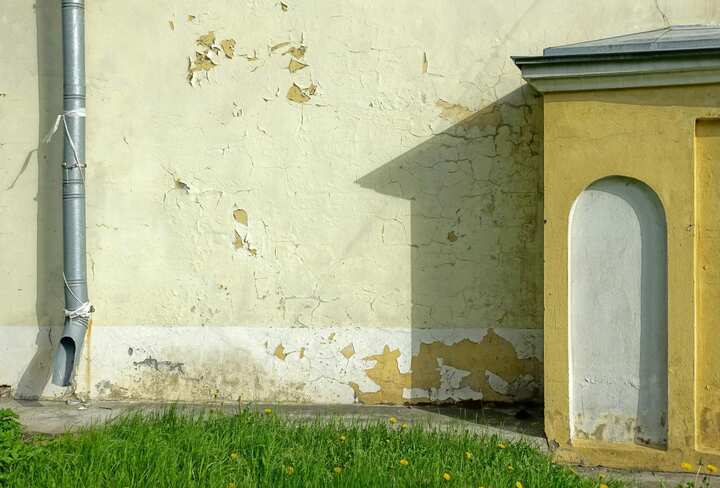
Expert Mold Encapsulation Services Cost-Effective Remediation Solutions
Mold infestation is a common concern for homeowners and businesses alike, potentially leading to significant health risks and property damage if not addressed promptly and effectively. While traditional mold removal methods often involve extensive demolition and reconstruction, mold encapsulation provides a cost-effective alternative. This approach not only mitigates the spread of mold but also prevents future growth, safeguarding both property and health. Understanding the nuances of mold encapsulation services is crucial for anyone facing mold-related issues.
Understanding Mold Encapsulation
Mold encapsulation is a remediation process that involves sealing off mold-affected areas rather than removing them entirely. This technique is often used when mold growth is minimal and the affected surfaces are otherwise structurally sound. By sealing the mold, encapsulation prevents spores from becoming airborne, thereby reducing the risk of inhalation and further contamination.
Benefits of Mold Encapsulation
Choosing mold encapsulation over traditional removal methods can offer several advantages:
- Cost-Effectiveness: Encapsulation is generally less expensive than full mold removal and reconstruction.
- Time Efficiency: The process tends to be quicker, reducing downtime in residential or commercial spaces.
- Minimal Disruption: Because it does not involve tearing down structures, encapsulation causes less disruption to homes or businesses.
Explore further insights here.
The Mold Encapsulation Process
The encapsulation process typically involves several key steps to ensure effectiveness:
- Inspection and Assessment: A thorough inspection is conducted to identify the extent of mold growth and the suitability of encapsulation.
- Surface Preparation: Affected areas are cleaned and dried to eliminate as much mold as possible before sealing.
- Application of Encapsulant: A specialized sealant is applied to the mold-affected surfaces to lock in spores and prevent further growth.
- Post-Encapsulation Monitoring: Regular checks are conducted to ensure the seal remains intact and effective.
When to Consider Mold Encapsulation
Mold encapsulation is most effective in specific scenarios:
- Minimal Mold Growth: Encapsulation is ideal when mold is confined to small, manageable areas.
- Non-Porous Surfaces: Best suited for surfaces that are not easily penetrated by mold, such as concrete or metal.
- Structural Integrity: Surfaces must be structurally sound, with no water damage or decay that could compromise the seal.
Learn more in this detailed guide.
Choosing a Professional Mold Encapsulation Service
Selecting a professional service is crucial for successful mold encapsulation. Look for providers with:
- Experience: Extensive background in mold remediation and encapsulation techniques.
- Certifications: Proper certifications and adherence to industry standards.
- Reputation: Positive reviews and testimonials from previous clients.
Find additional information here.
Conclusion
Mold encapsulation offers a practical and cost-effective solution for managing mold issues in both residential and commercial properties. By understanding when and how to apply this method, property owners can effectively mitigate mold-related risks without the extensive costs and disruptions associated with traditional removal processes. For those considering this option, consulting with experienced professionals ensures the best outcomes, safeguarding health and property for the long term.